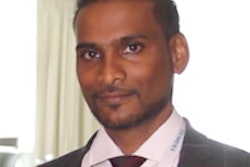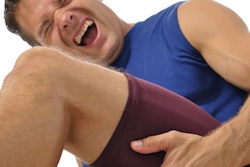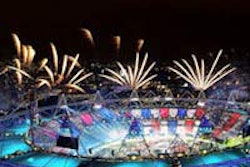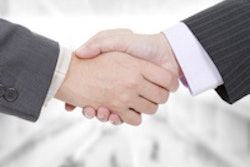Dear AuntMinnieEurope Member,
Running a successful imaging service at the Olympic Games is a daunting prospect for even the most experienced sports radiologist, but Dr. Phil O'Connor has shown it can be done. Start planning at least five years before the games, build a winning team, and brush up your knowledge of sports, advises the imaging lead for London 2012.
O'Connor was course director of a sports imaging workshop in London that looked ahead to Rio 2016, which begins on 5 August. Four years on, how would he do things differently? He provides some answers in a video interview. To view it, go to the MRI Community, or click here.
The Olympics can transform the lives of medical staff as well as those of athletes. Take the case of Dr. Sarath Bethapudi, who worked at the games and then did two years of number crunching. He tells his story in another video interview.
"For how long will I have to rest?" That's the vital question when any sports star suffers a muscle injury. Giving a definitive response can be tough, but it is getting easier. Find out more by clicking here, and check back next week for further coverage of the sports imaging workshop.
Meanwhile, a Danish-Belgian research group has used FDG-PET to measure glucose metabolism in patients with severe brain injuries to diagnose and predict when they will recover consciousness. Visit our Molecular Imaging Community, or click here.
Radiologists and their peers need systems and processes that make quality integral to their day jobs without adding to their burden of work, and they can learn much from the Irish experience in this regard, according to industry expert David Howard. Click here to learn more.
Last but not least, don't miss the amazing story of how CT scans of a tiny Egyptian coffin long thought to hold internal organs showed the remains are actually those of a fetus. Read more here.



















